Oh look, another expensive carbon fibre wheel review! But before you roll your eyes and click the ‘back’ button, allow me the opportunity to wow you a little. If I said that this is one of the most interesting wheelsets to launch in the past few years, would you continue reading? What if I told you that there are innovations here that bring actual, real-world benefits, and not just marketing hype? Would you keep reading if I simply said ‘magnets’?
I knew that last bit would steal your attention.
So this is a brand new, carbon fibre mountain bike wheelset from Crank Brothers. Actually, there are multiple wheelsets. Available in a variety of size options and price levels, the new wheel range comes under the ‘Synthesis’ label, and Crank Brothers has put a load of time and energy into creating new wheels that have very little in common with what they offered previously. I’m sure you’re all aware of Crank Brothers previous wheels that featured the “Twinspoke” design yeah? Well, the Synthesis wheels are nothing like that.
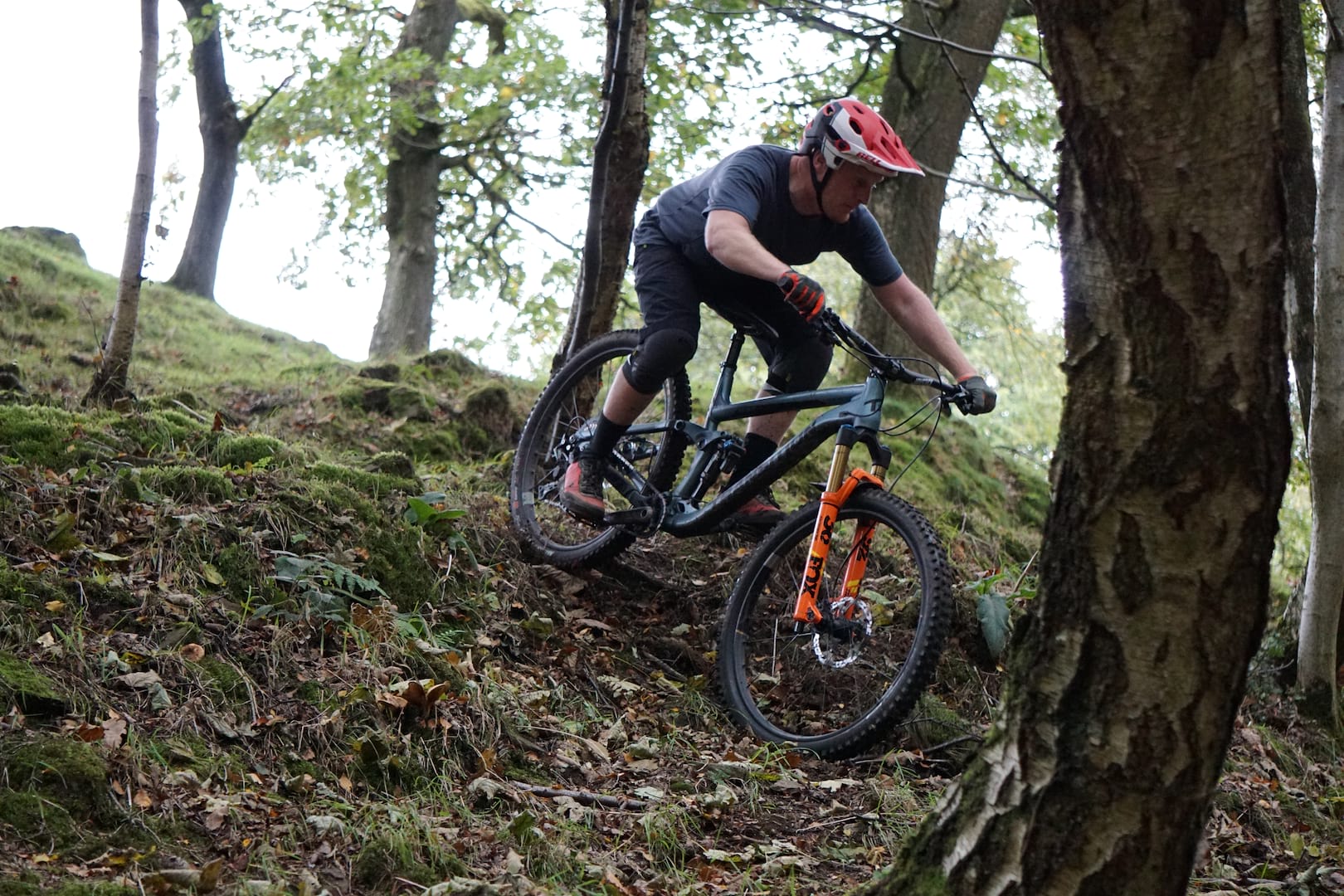
The reason behind this change comes from a completely new approach to wheel stiffness and compliance, which has resulted in an all-new rim design and wheel building process. But first, a little background.
In embarking on the Synthesis project, Crank Brothers decided it needed a whole new team, and it knew exactly who it wanted to head that team up. Jason Schiers (the chap who founded ENVE) was the heavyweight name chosen to spearhead the project from the beginning. Jason then brought on Mello Bouwmeester, an Australian carbon wheel builder, who had made quite a name for himself creating cutting-edge wheelsets such as the Tammar V4.8 wheels we tested and reviewed.
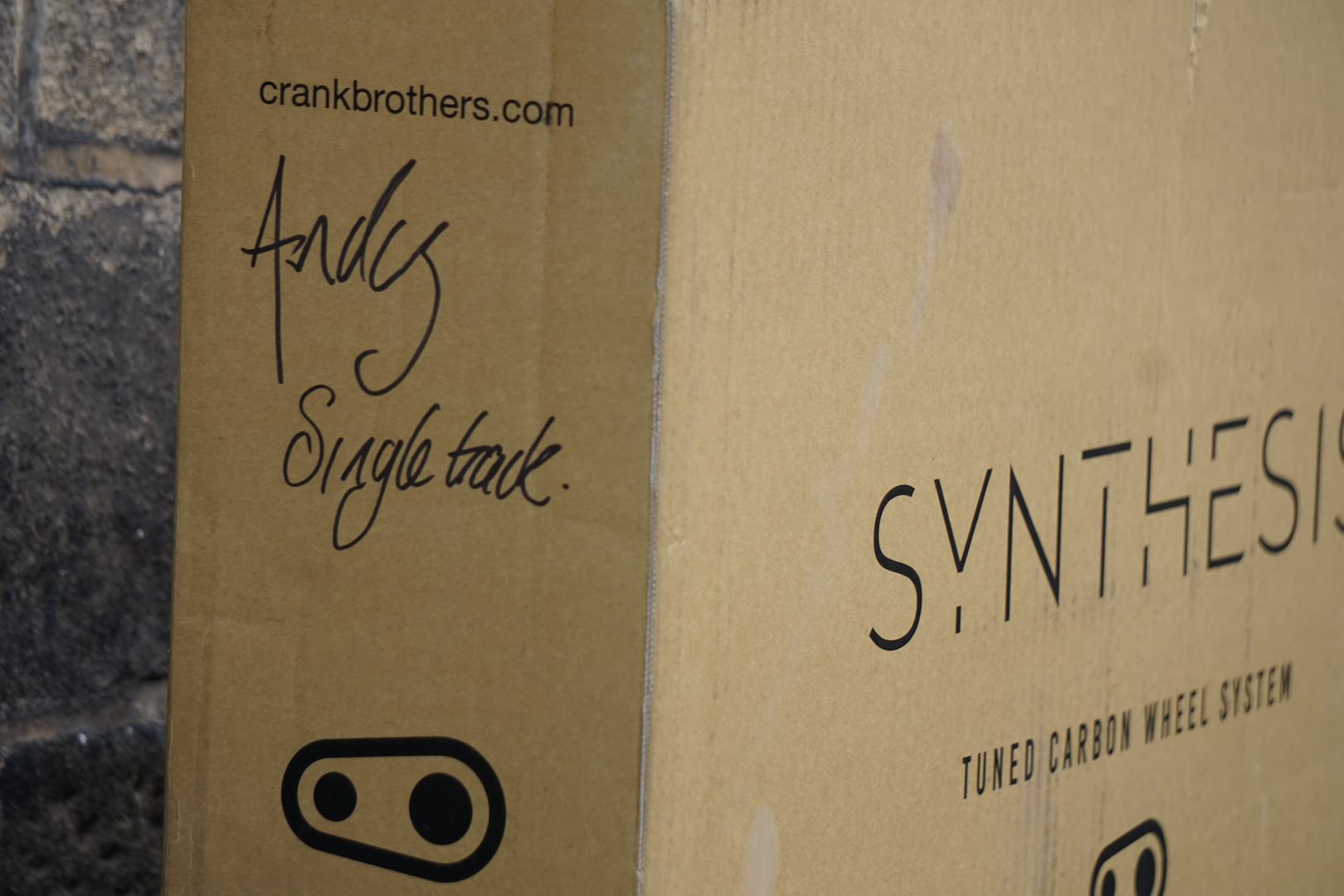
What’s interesting here is that Mello and Jason both had different ideas about what makes a great carbon wheel. For the few folks out there who have had the chance to ride both a set of ENVE wheels and then a pair of Bouwmeester’s wheels, the differences are plainly evident: Jason has always championed a stiff wheel, while Mello, prefers, well a mellow or more forgiving wheel.
And so with the Yin and Yang, or ‘Thesis’ and ‘Antithesis’ as Crank Brothers like to call it, of the carbon mountain bike wheel world both in charge of developing a new wheelset toghether, how did these two go about making a product they’re both happy with?
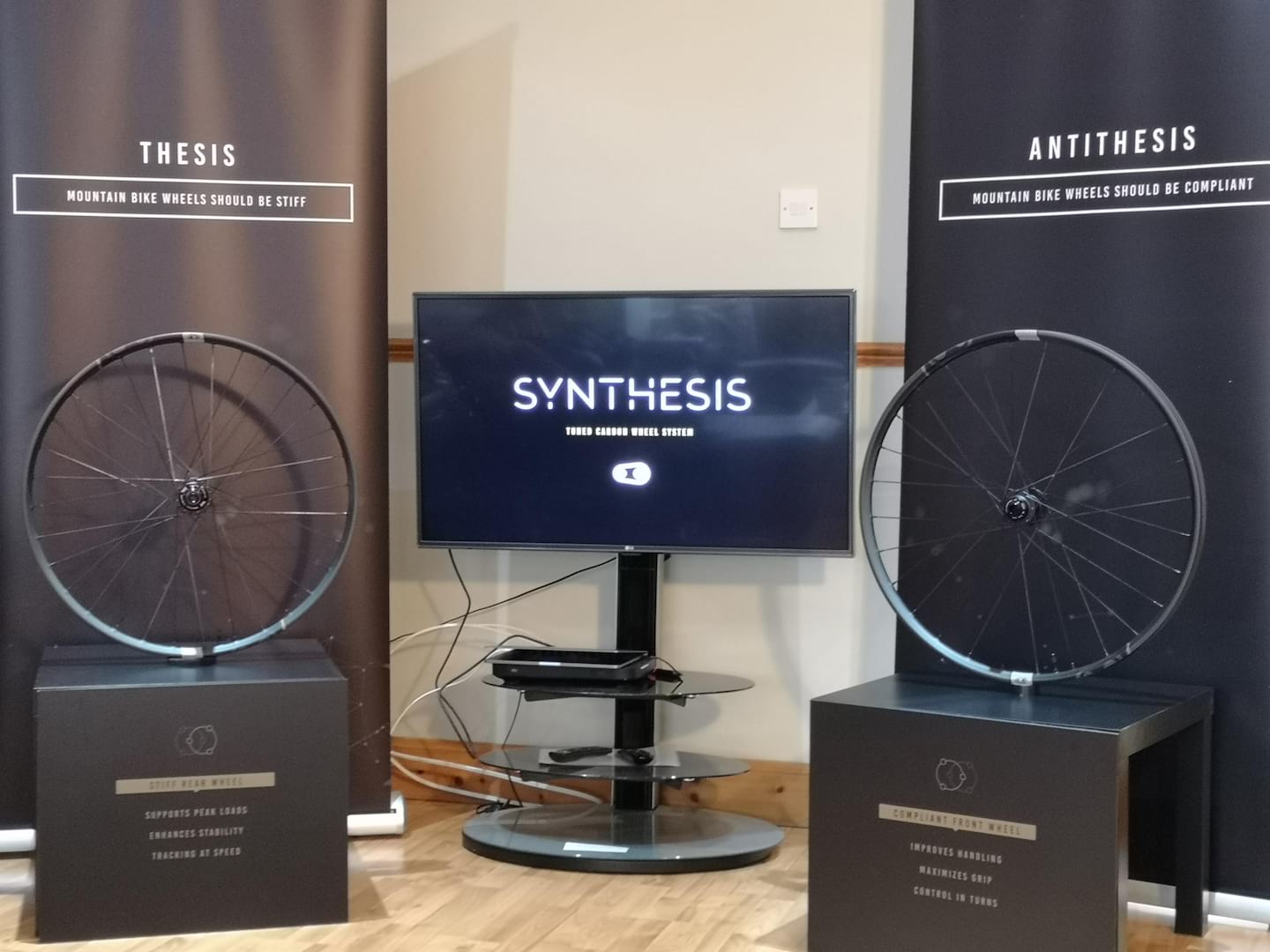
The first thing was to see what the competition were up to, so Jason and Mello gathered a bunch of carbon wheels from other brands and had a team of mountain bikers ride them back to back and fill in a questionnaire after each ride.
There was a mix of abilities from those riders who like to tackle terrain at ‘gentleman’s pace’, to all-out racers; a very varied and mixed group. The results, as you would expect, 50:50. Some riders preferred the stiff feel and others prefer the more compliant option. Not a huge surprise really, but also not really that useful for a company trying to create a single wheelset to please the masses.
As the tests continued a trend did emerge. Riders who preferred a compliant wheel were talking about the front wheel compliance. They didn’t want the front end skipping around when picking lines, but they did want the precision of a stiff wheel on the rear.
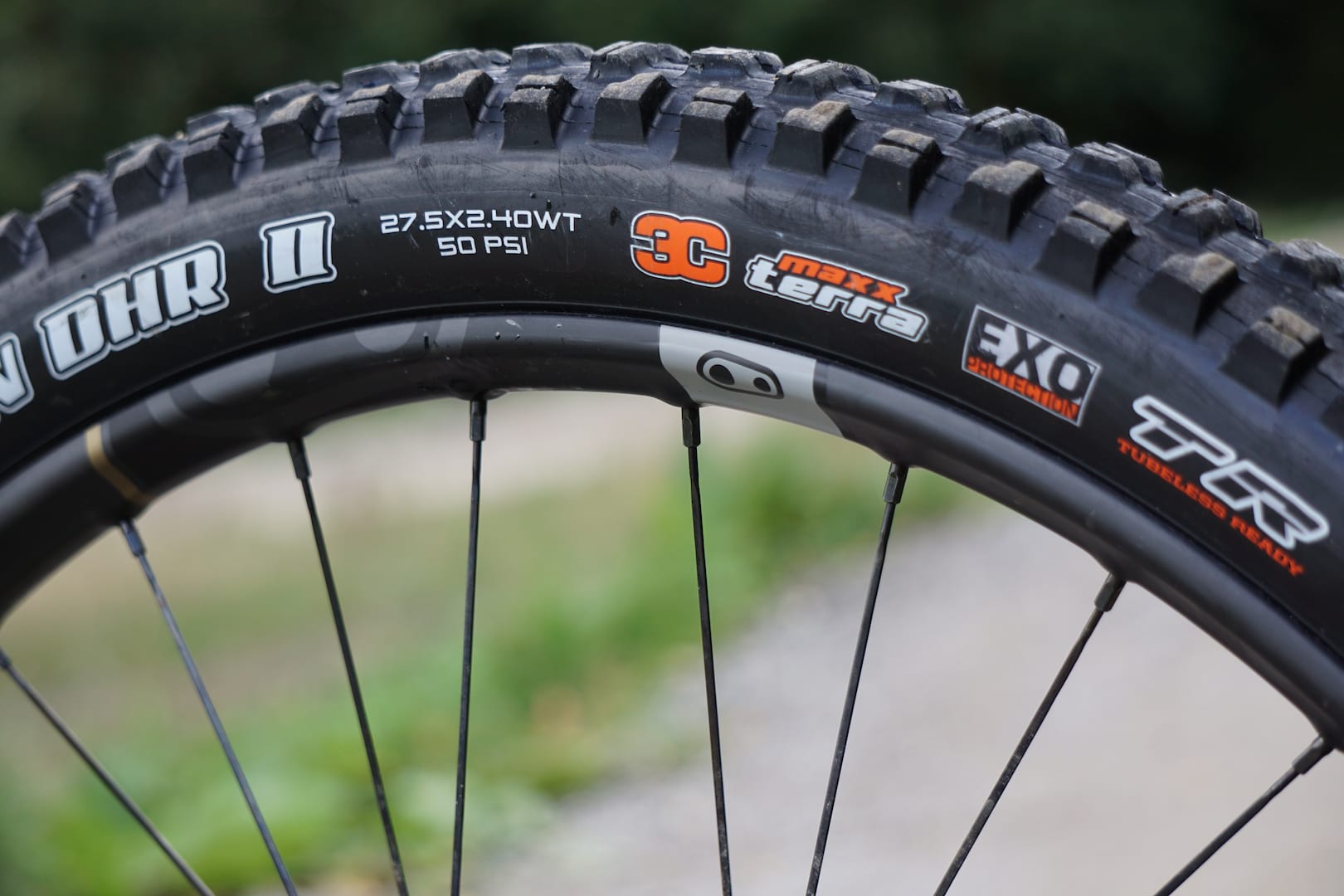
With this information Jason, Mello and the rest of the Crank Brothers team worked on a way to combine their Thesis and Antithesis. The result is the Crank Brothers Synthesis wheelset, the world’s first ‘Tuned’ wheelset.
What Crank Brothers means by ‘Tuned’ is that the front wheel has been designed to be compliant and offer a more comfortable and forgiving ride. This is done by using a different carbon layup for the rim, along with fewer spokes that are built with lower spoke tensions. In comparison, the rear wheel is ‘tuned’ for stiffness with more spokes that are laced with higher tension to a stiffer carbon rim.
Synthesis Range
A wide range of Synthesis wheels is available to suit all types of rider and all types of bike, well almost, and depending on the type of riding you intend to use them for, Synthesis wheels come in either a standard build or level 11 build. A standard Synthesis wheelset gets round spokes and a pair of Crank Brothers Synthesis hubs. Level 11 wheels are upgraded to bladed spokes, which Crank Brothers says are more durable, along with US made Project 321 hubs.
Project 321 rear hubs come with a magnetic pawl system and 2.5º engagement, whereas the Crank Brothers Synthesis standard hub has a mechanical pawl system and 17º engagement. Both versions of the wheelset come with the same tuned carbon rims, and are built with 28 spokes in the front and 32 in the rear.
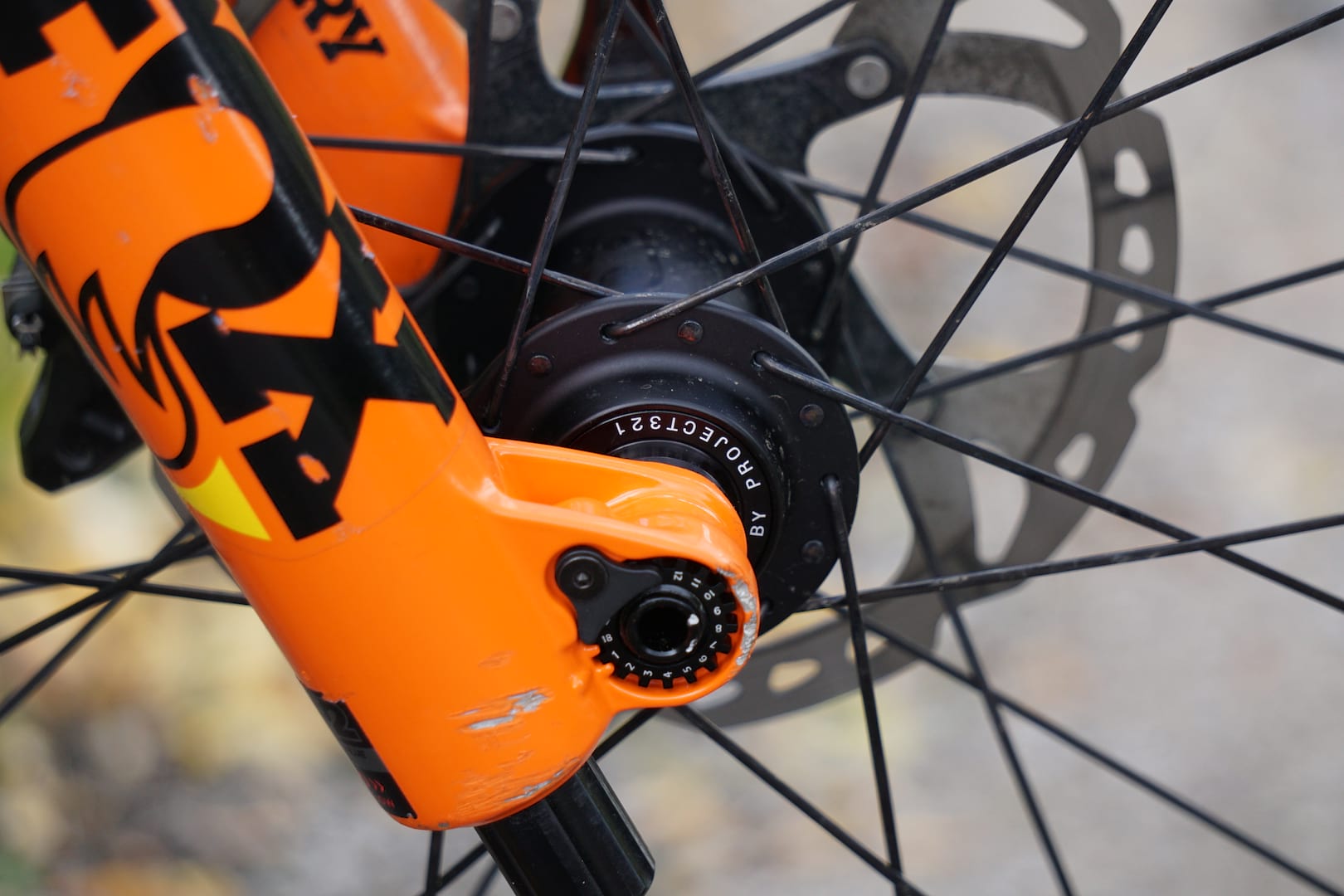
Here are the three different Synthesis models;
- Synthesis DH11 – Downhill riders can only choose the top of the range Level 11 wheelset, but there is an option for either 27.5in or 29er wheels. The DH11 wheelset is the only Synthesis wheelset that has the same width rim front and rear, both with an internal width of 31.5mm. Boost only but options for Shimano or SRAM freehubs.
- Synthesis E – The E wheelset is aimed at enduro riders and comes in either standard or Level 11 trim. This is the wheelset we have on test and it gets different rim widths, 31.5mm front, 29.5mm rear. Both 27.5 and 29er options are available in Boost, with SRAM XD or Shimano HG freehub bodies.
- Synthesis XCT – Cross-country riders will have the option of either standard or Level 11 wheelsets, and a choice of either SRAM or Shimano freehubs, but only 29in wheels will be available.
All Level 11 versions of the Synthesis wheelset retail at £2,150 a pair while standard wheels are £1,500 a pair. If you fancy building your own wheels, perhaps because you don’t have a Boost frame or you just want different hubs, rim only options will also be offered.
Crank Brothers Synthesis Review
The wheelset I’ve had on test for the past few weeks is the Synthesis E 11 27.5, yup the top of the range model which costs an eye-watering £2150.
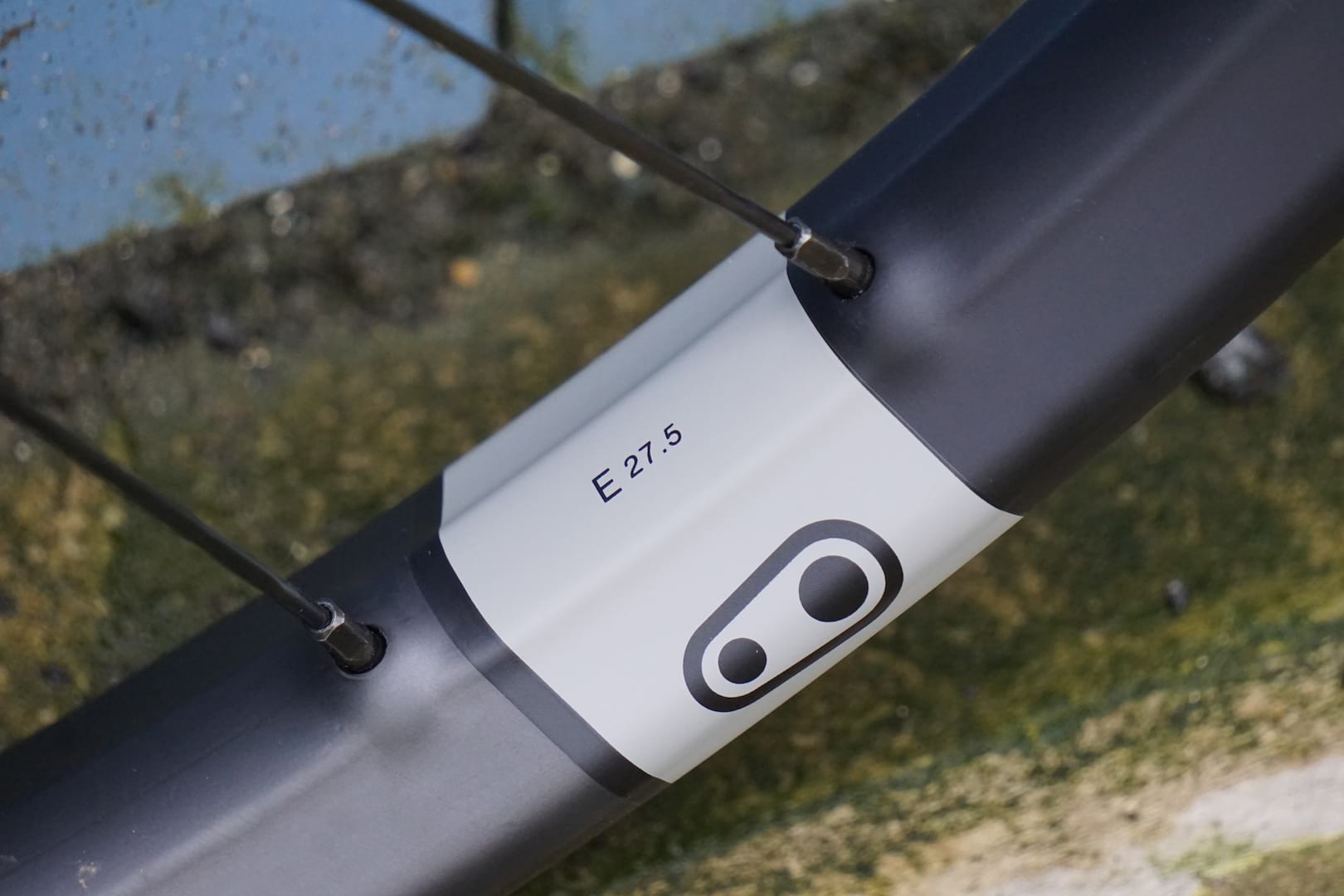
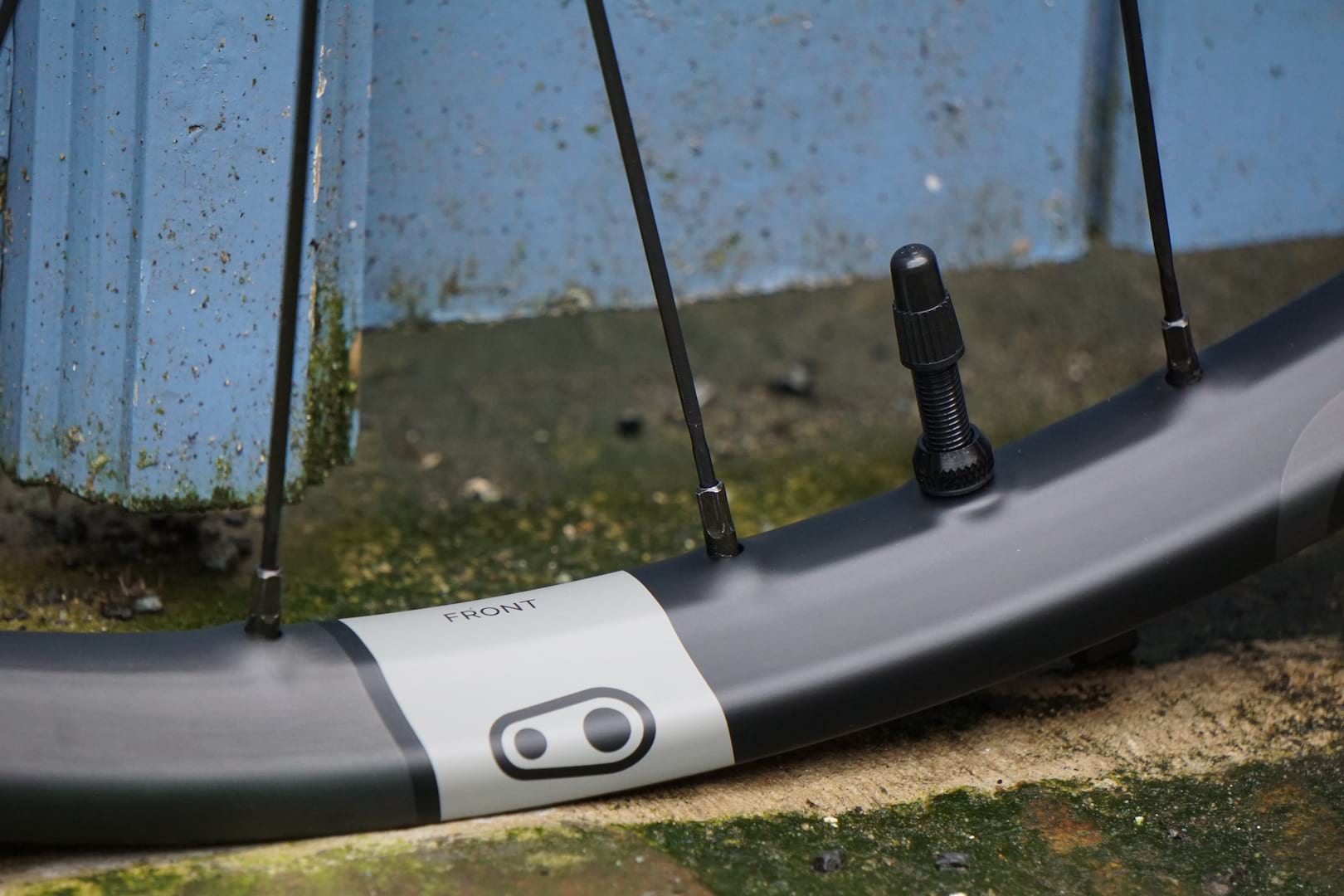
In addition to offering a compliant front with a stiff rear, the Synthesis wheelset is one of just a few wheelsets that has a specific front and rear rim. It’s one of those “Why haven’t they done this before?” ideas. The front Synthesis enduro rim has a generous internal width of 31.5mm while the rear is slightly narrower at 29.5mm. The reasoning behind this is the fact that most riders run a slightly wider tyre on the front compared to the rear unless you’re from Germany, where Crank Brothers have discovered a trend for doing things the other way around.
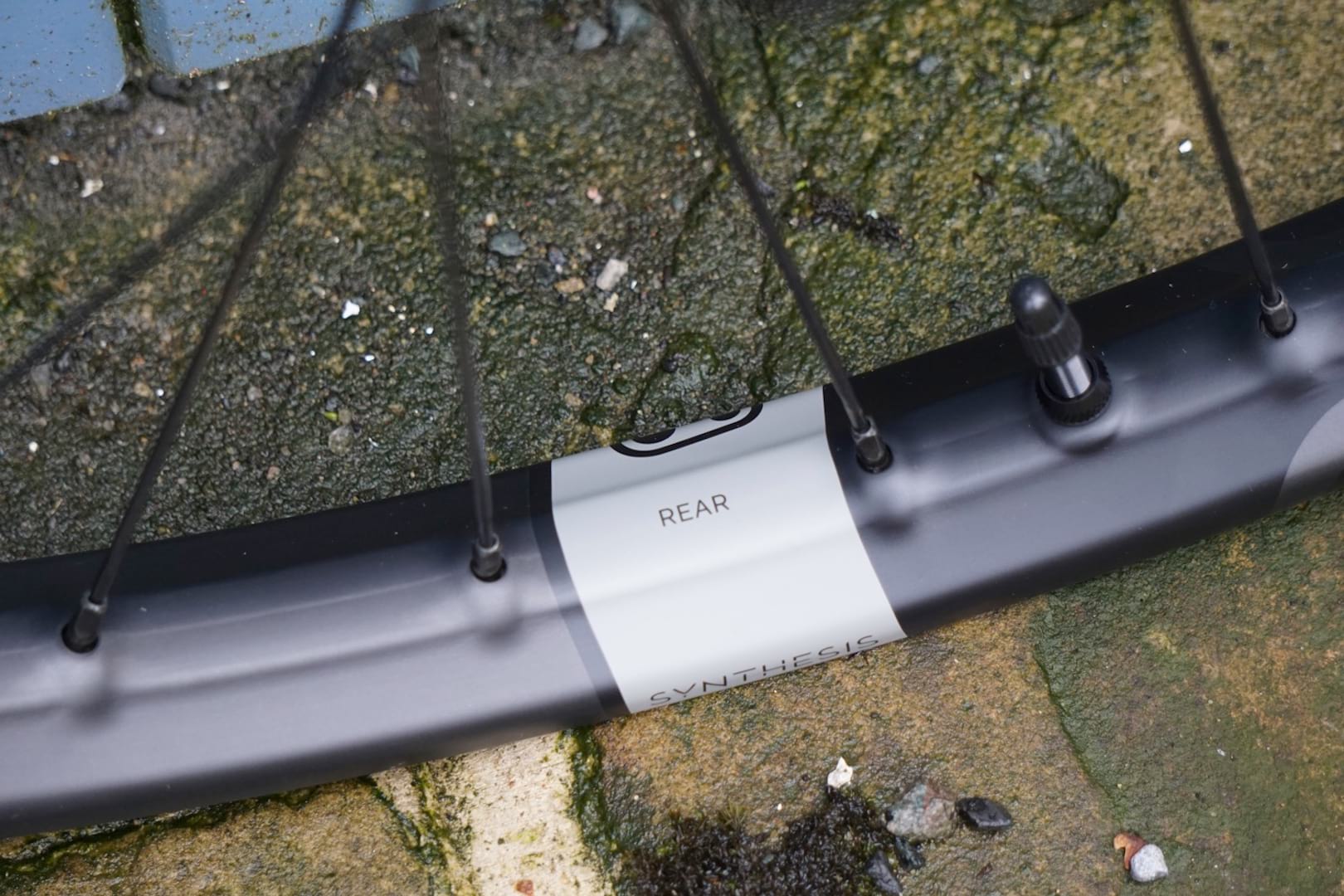
Spoke counts are also different front and rear. The front has 28 bladed spokes while the rear has 32. Spoke tension also varies front and rear, to further enhance the compliance, or ‘Tune’, of the front and the stiffness of the rear.
The rim construction is different too. What we generally see from carbon wheels is a large box section construction, which is great for building a stiff wheel, but not ideal for creating a compliant wheel. With a deep profile, box section design, the trend is to remove material from the walls to build in compliance, but this ups the chance of a catastrophic, and potentially painful failure.
To get around this, the Synthesis wheels use a much flatter and shallower rim profile, not unlike to the original Bouwmeester wheels. The super-shallow profile creates more radial compliance to the rim, which improves overall compliance and comfort. However, a key difference is that the Synthesis rims are still hollow, and not single-wall like the Bouwmeester rims. The reason for this comes back to the Thesis/Antithesis concept. According to Crank Brothers, to create a rim with sufficient lateral stiffness, the rims needed to be hollow.
On top of this, each rim whether it’s front, rear, Enduro, XC or DH, all use different weaves, to build a rim that has the ride qualities desired while remaining safe, strong and durable.
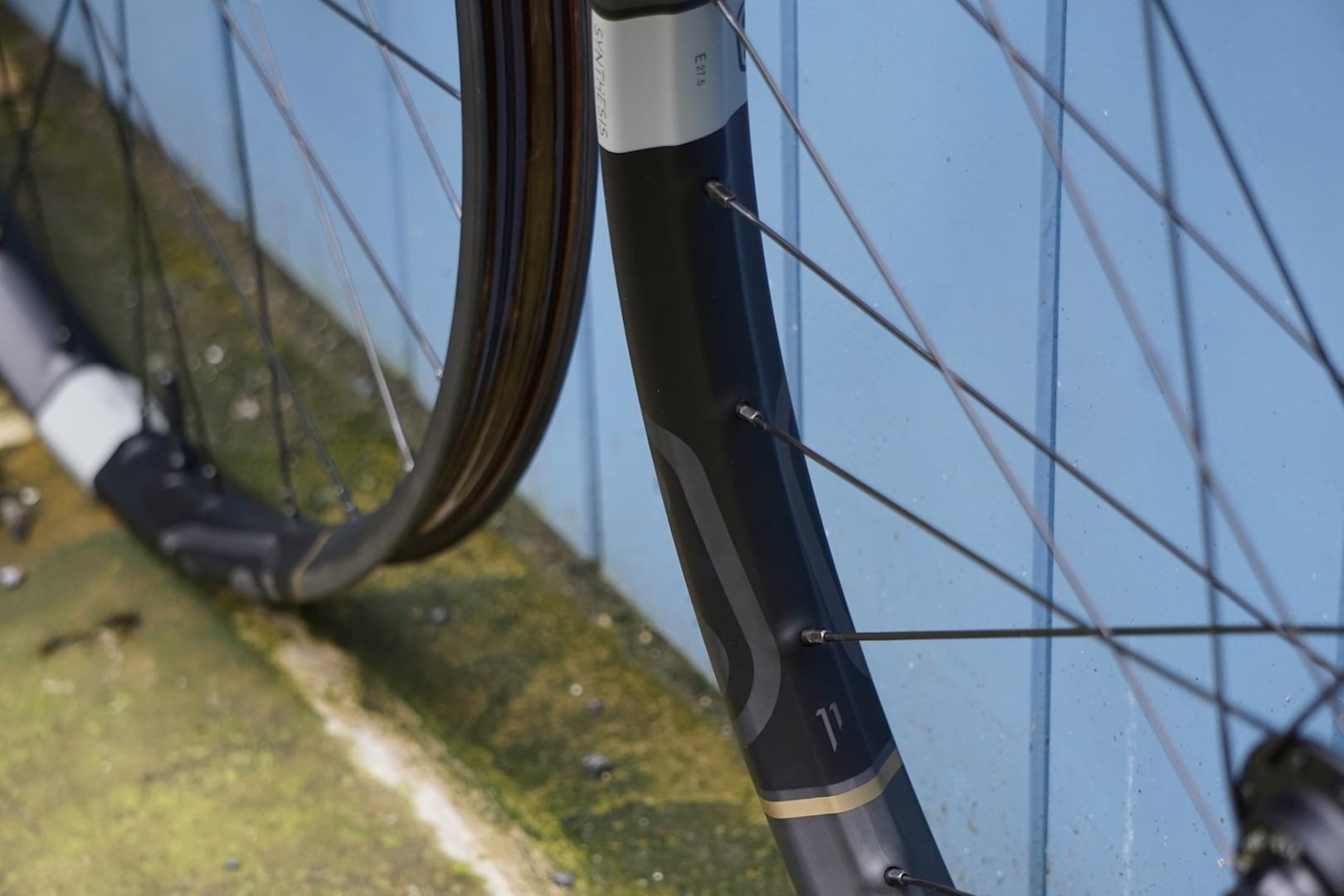
Speaking of strength, Jason and Mello understand that it’s still possible to break these wheels. Everything can break after all, especially on a mountain bike. Comforting to know then that considerable R&D time has been spent on designing and managing failure modes, which is something that Greg Williamson and the rest of the UNNO World Cup DH team will no doubt appreciate.
The team are also keen to point out that carbon isn’t carbon, and we should focus on the process of how it’s put together rather than the material. In other words, don’t see a cheap pair of carbon wheels fold and think that will happen to all carbon wheels. If laid-up properly and made by people who know what they are doing, carbon should last. Need more convincing? Well, Synthesis DH11 wheels raced and survived Hardline this year without a single issue, so they should survive pretty much anything us mortals can throw at them.
That said, if you did manage to break them you would be covered by a lifetime rim warranty, and so we should at this price!
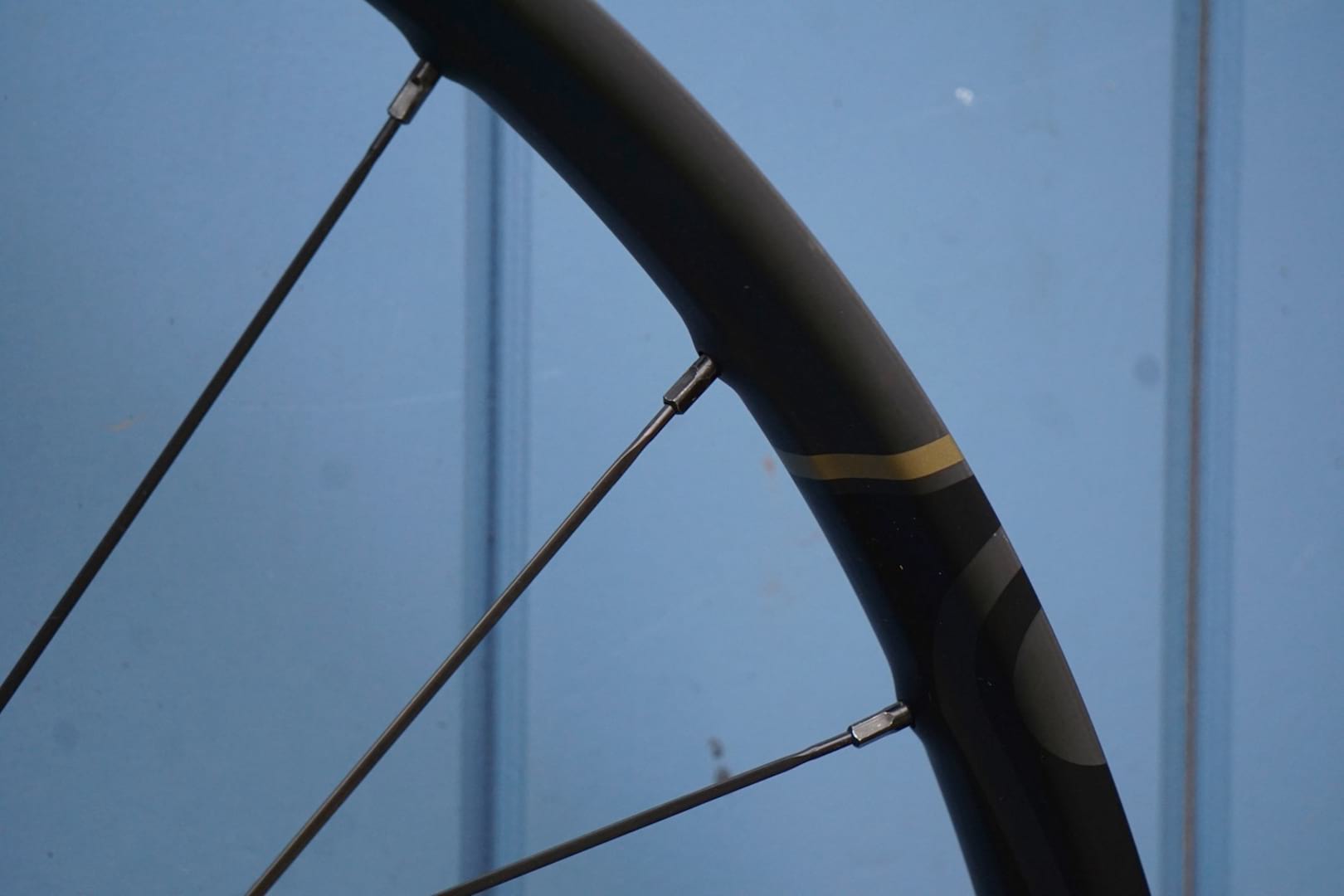
Bladed spokes are used on the Level 11 wheels, as Crank Brothers reckons they’re proven to be more durable over time than standard spokes. Whereas a standard round spoke will stretch and weaken in a certain spot until failure, a bladed spoke deforms more evenly, which in theory will lead to fewer broken spokes.
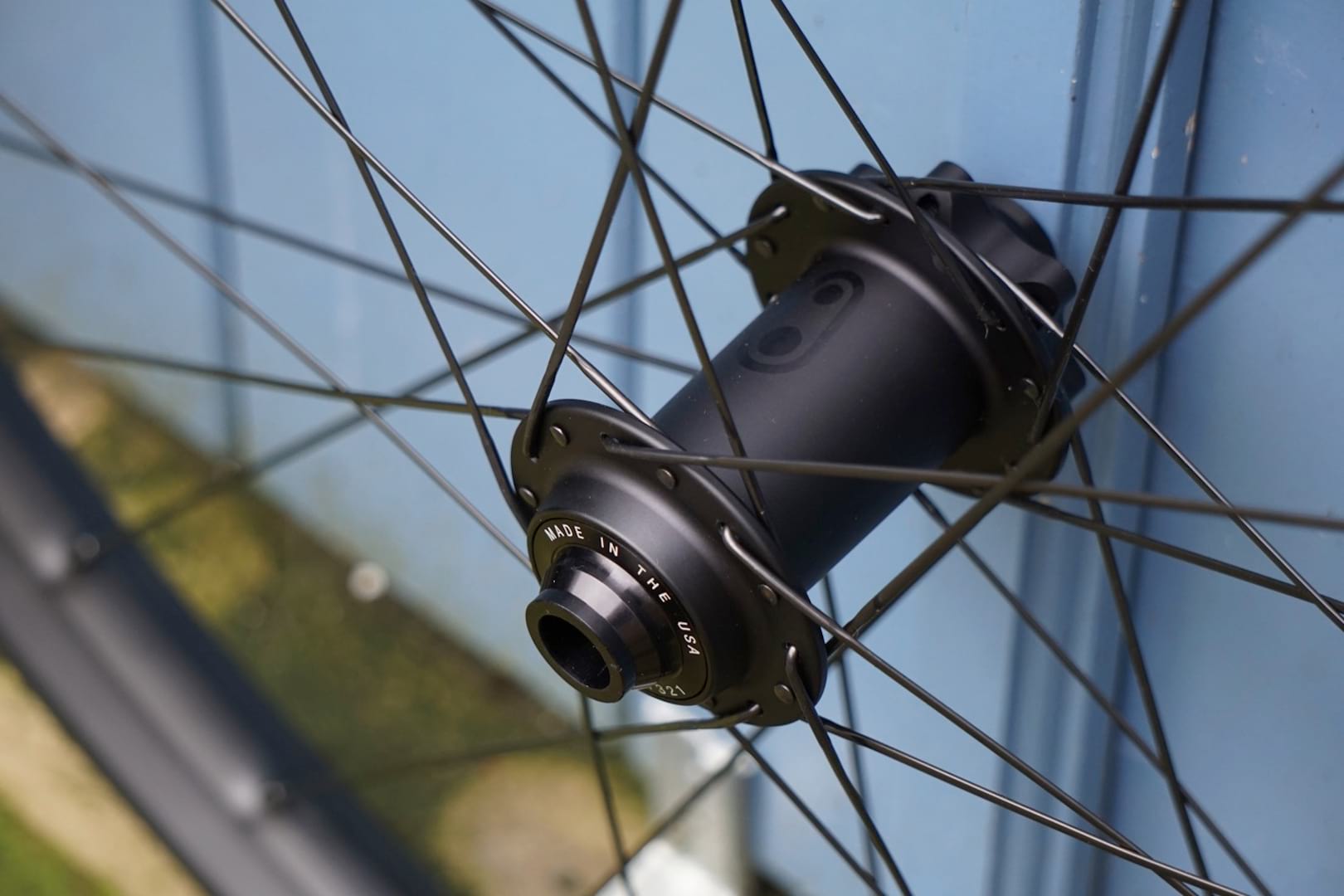
My top end test wheels spin on high-quality, US made hubs from Project 321. The rear uses a patented magnetically actuated, six pawl, ratchet drive system with just 2.5º of movement before engagement. It’s hard to describe just how direct the freehub feels, but if you were to imagine spinning the tumbler of an expensive safe this is the type of feel these hubs have.
Out of the box, Crank Brothers has equipped the freehub with the quiet option pawls. If you prefer a louder hub sound you can purchase an aftermarket pawl kit to give an audible buzz to your bike.
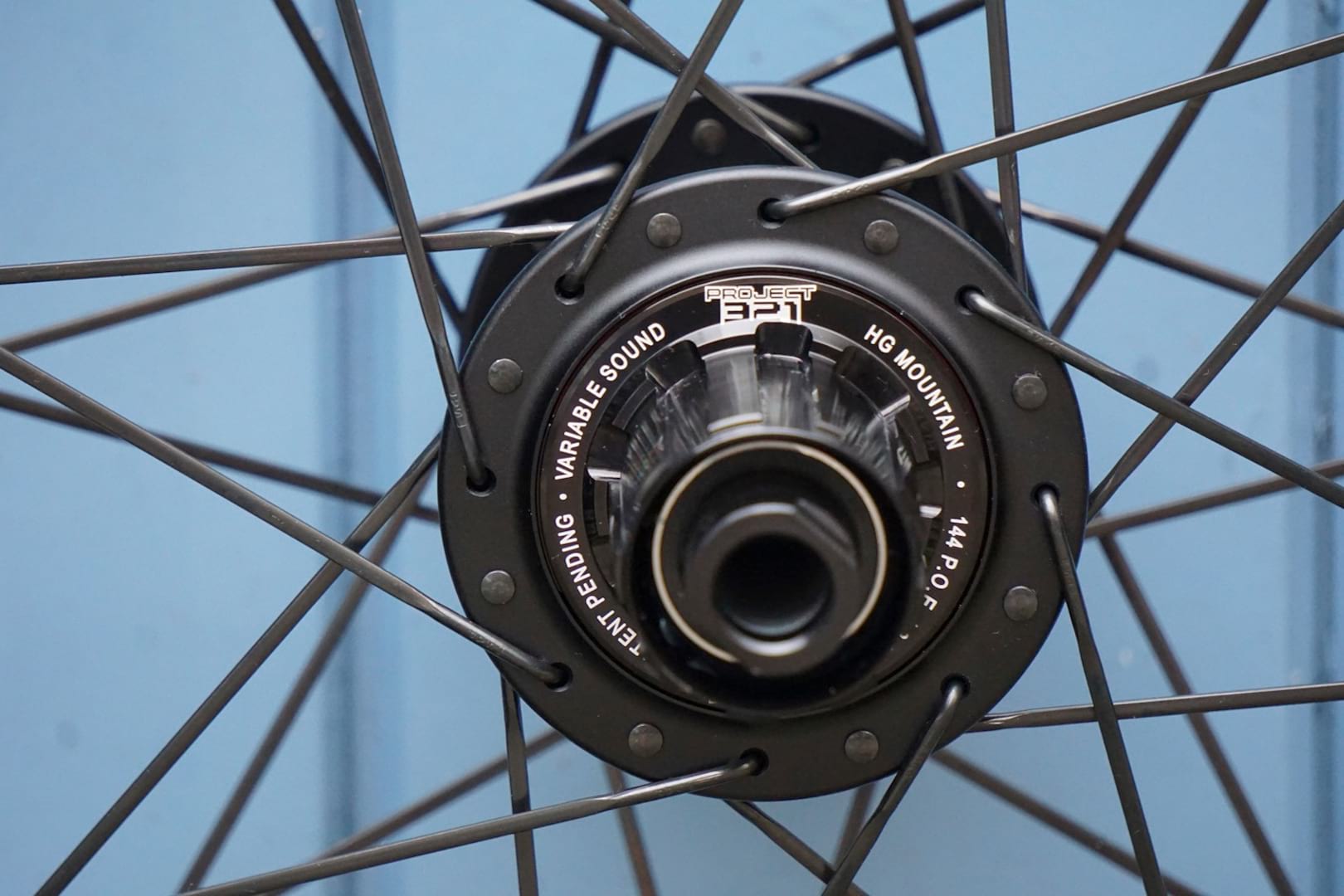
Low profile flanges are said to put less stress on the overall wheelset, while the use of J-bend spokes is great news to anyone who has ever snapped a spoke in the middle of nowhere, only to discover no local shop stocks straight pull spokes.
Crank Brothers didn’t mention the weight of the Synthesis wheelset in the details it sent over to us ahead of release, and nobody mentioned it at the launch other than saying that the wheels are built to last and offer ride benefits rather than being lightweight. That’s not to say that they’re heavy though. Our scales recorded 1770g for the pair (800g front and 970g rear), which is with rim tape and valves. In comparison the Syntace C33i we tested recently weigh just 746g for the front and 834g for the rear, but without valves and tape.
Ride
I’ve been lucky enough to ride a lot of carbon wheels over the past few years. Some were compliant, some were way too stiff and fidgety, and others, well they just collapsed in a shower of fibres.
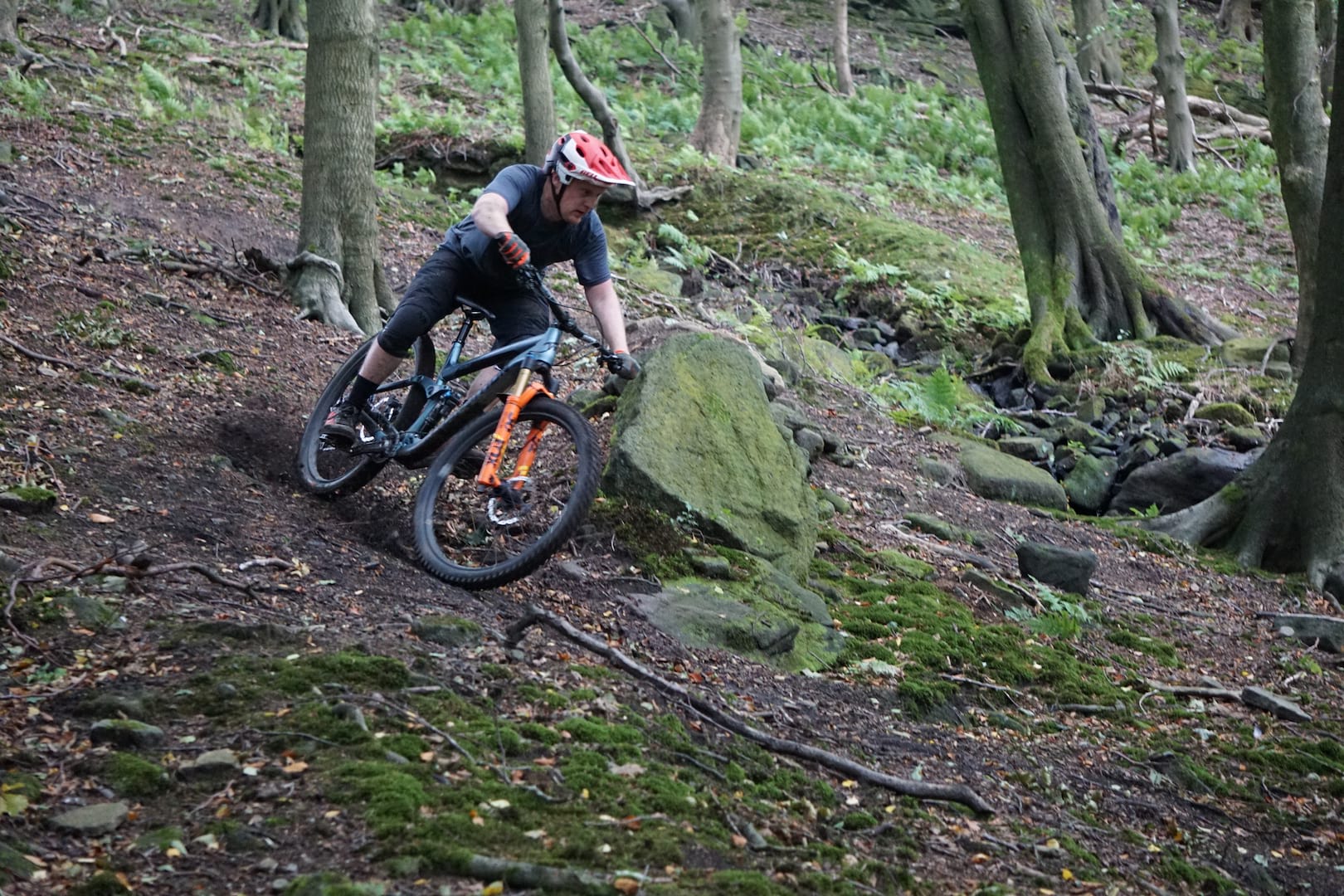
The Synthesis wheelset doesn’t feel like any other carbon wheelset I’ve ridden. The rear wheel feels precise and direct, allowing me to carve (as best I can) berms and ruts, while the front wheel takes the sting out of the trail, which actually has boosted my confidence when hitting harder and rockier terrain.
The slightly wider front rim gives my larger front tyre a wonderful rounded profile allowing me to really lean the front or the bike over and use the side knobs to bite into the damp trail conditions too, while the narrower rear means slightly less rolling resistance on the back. I’m not sure I notice this with my current tyre choice, but I certainly feel the weight and quick engagement hub.
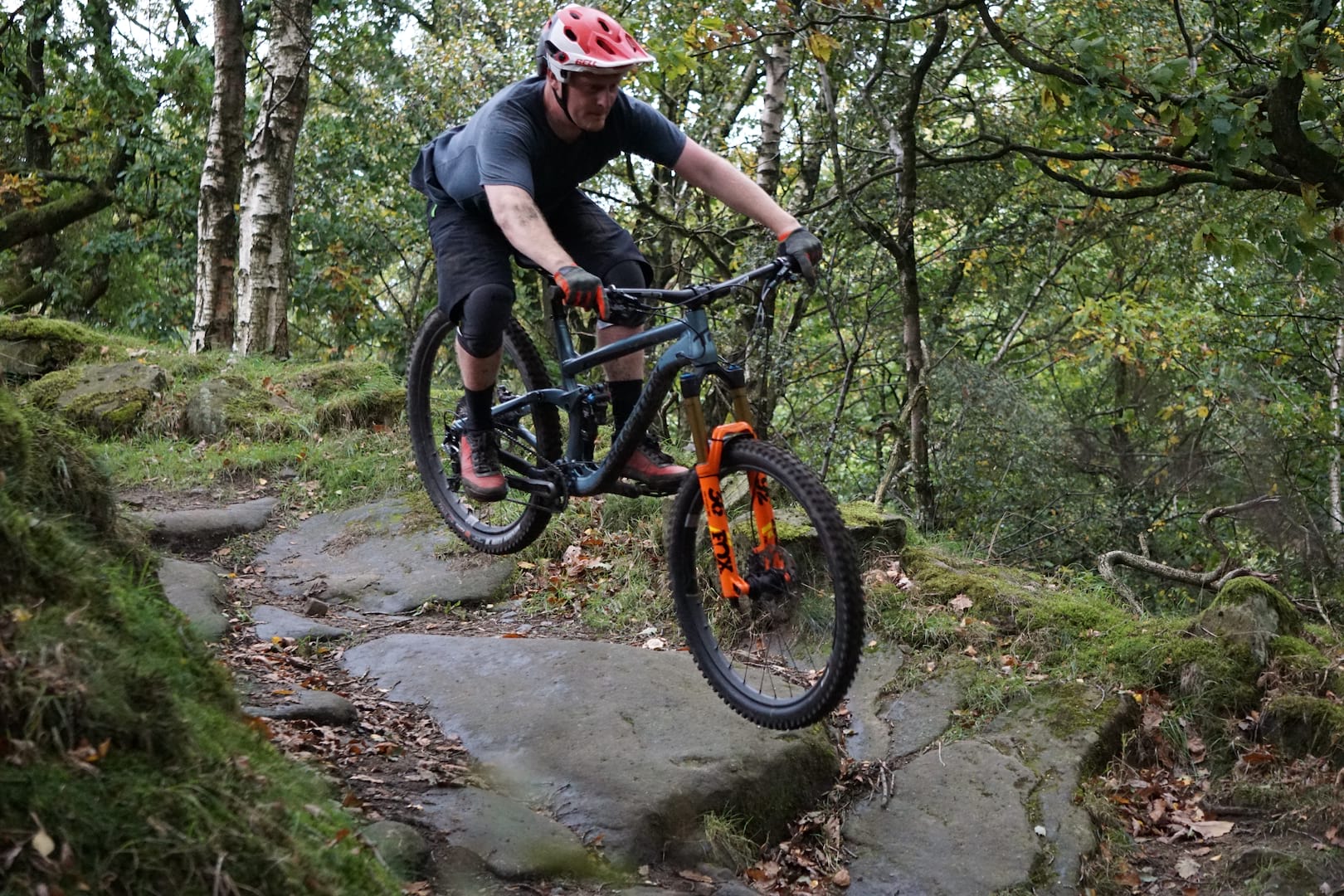
The sheer speed that the Synthesis picks up speed and remain rolling is impressive, to say the least, this ability to roll and keep rolling gives you that boost you need on tricky climbs, pumping from rock to root or through rolling terrain and even in rough rooty singletrack, the Synthesis keeps moving. Oh, you’ll notice that while rolling along smoother terrain and chatting to mates you’ll be on the brakes slightly more often, simply so you don’t roll off into the distance without them.
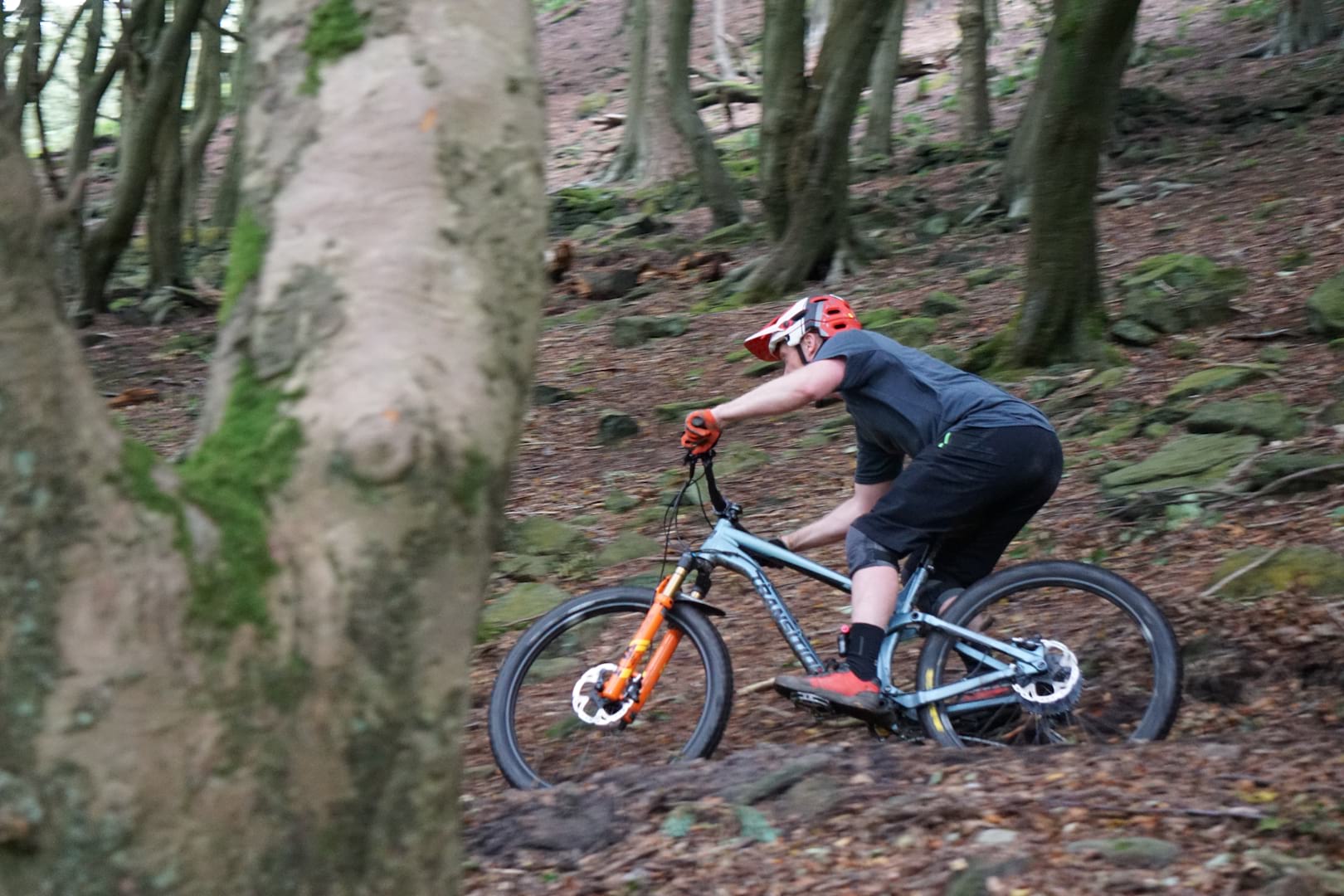
Being able to roll that bit faster has boosted my confidence when it comes to hitting larger gaps too, but perhaps I should have rolled a little faster into this one. Audio on;
View this post on Instagram
At least that lovely case proves just how strong the Synthesis are.
Overall
Project 321 hubs are available on their own (though only apparently in the US) and will set you back $415 for a rear, and $185 for the front. Synthesis rims cost $699 each. That’s almost $2000 already without the high-end Sapim spokes and nipples or the cost of paying a pro to build them, change the $ to a £ because that’s how prices seem to adjust these days. So in actual fact, these are a bargain, right?
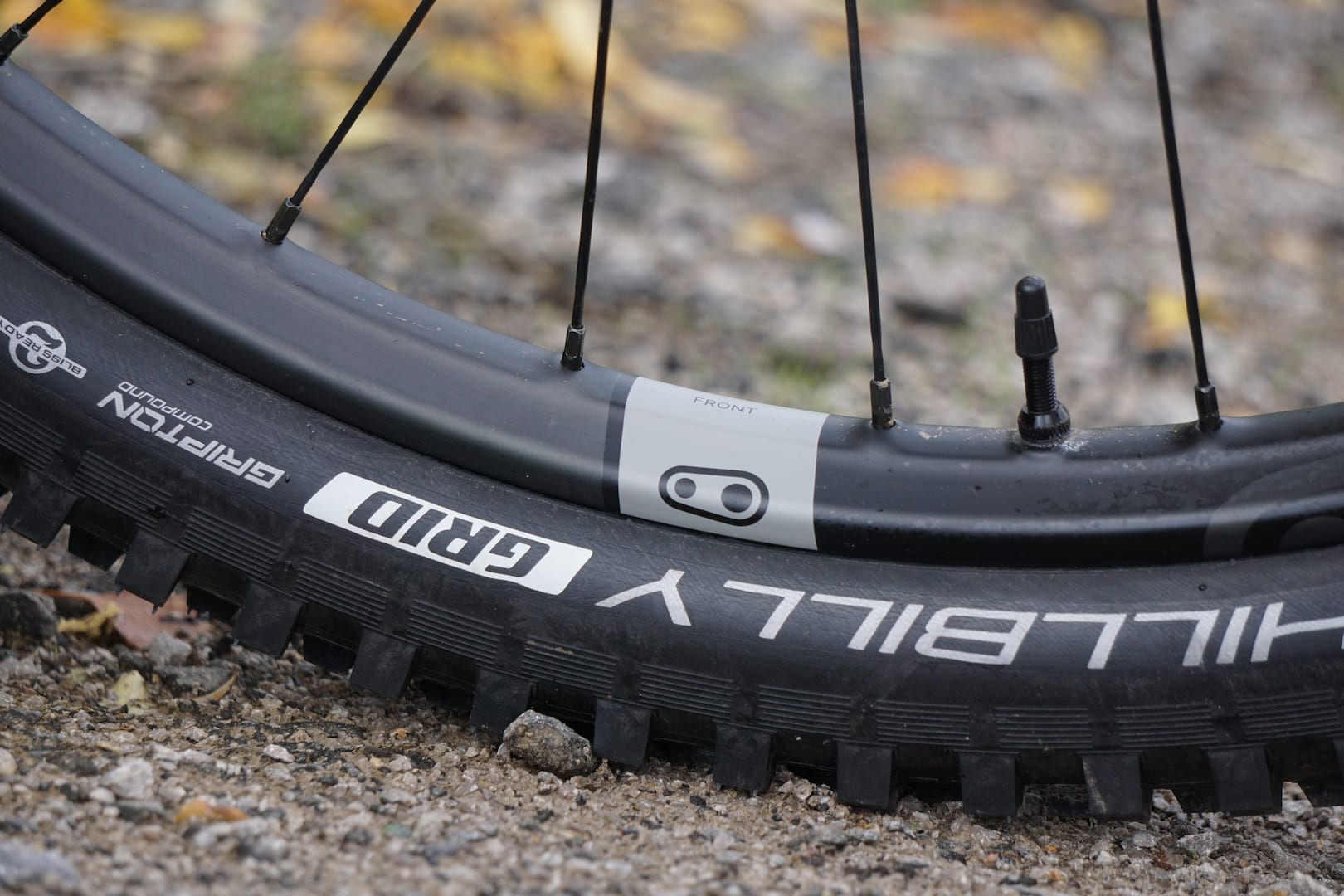
Well, maybe they aren’t a bargain but they are cheaper to buy from Crank Brothers as a complete wheelset than building them yourself and you’ll be sure they’ve been built correctly and you’ll not have to worry about rim warranty.
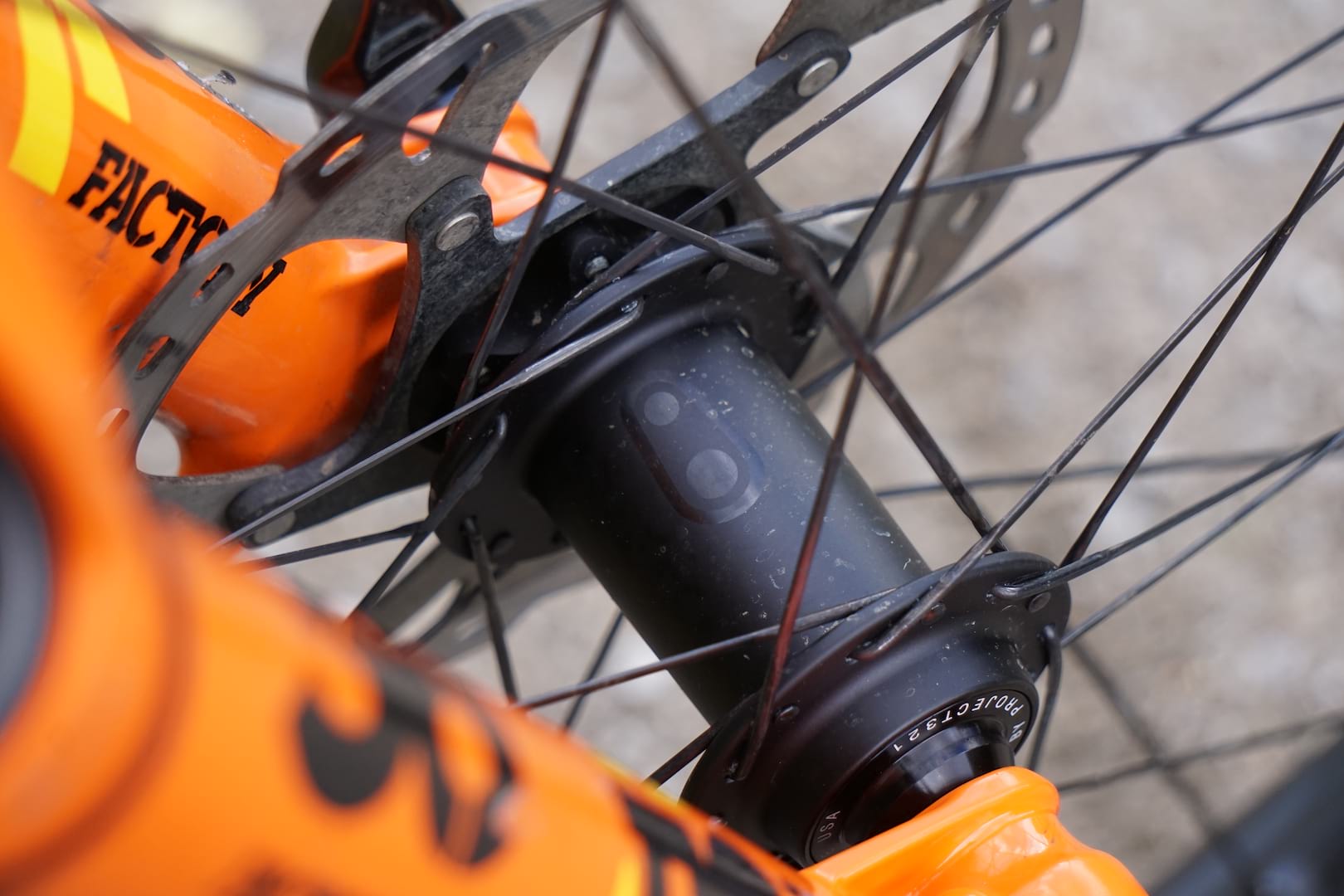
Overall
Ride quality is exceptional, you get the benefits of a compliant alloy rim without the worry of rim dings, eventual fatigue and failure. They’re light enough to make a difference when spinning up a hill and accelerating, even when you’re hitting gaps the Synthesis wheelset lets you retain more speed than a standard wheelset would.
Those magnetic hubs are magically silent and you just feel faster, and seem to be able to flow better. The 2.5º magnetic engagement is also a joy. Instant power to your rear wheel for little crank flicks through uphill rock traps, and great for a bit of standing start roost too.
As a package, they are a great wheelset and if money was no object I would seriously buy a pair of Synthesis for myself, maybe even the cheaper £1500 option, since after all, they have the same ‘tuned’ carbon rims and warranty.






HOW MUCH ?
Interesting that they are rediscovering the benefits of different spoke counts front and rear.
We used to build our back wheels with 40 spokes and the front with 32 for the benefits of a stiffer rear wheel.
the world doesnt need a >£2grand wheelset
also
” It’s one of those “Why haven’t they done this before?” ideas. The front Synthesis enduro rim has a generous internal width of 31.5mm while the rear is slightly narrower at 29.5mm.”
Mavics yellow enduro wheelsets were like this, they all used narrower rims on the backs & kept failing, their EWS riders cheekily had wheels built up with the front rims on the back on the quiet too
£2k for wheels by Crank Bros???????
ROTFLMFAO!!!!!!
Crank Brothers and moving parts? Literally the most moving of moving parts?
I’m out.
Different rim width and spoke count front and rear is hardly revolutionary, wheel builders do it all the time.